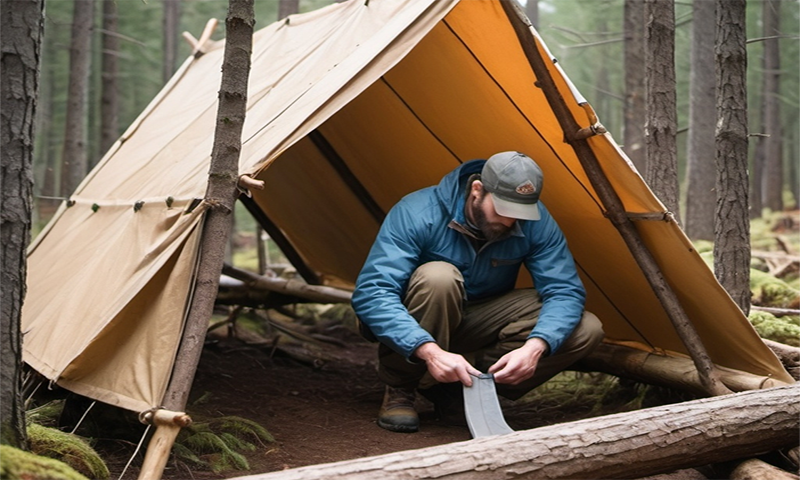
Starting with the right gear is key for a successful bushcraft experience. When you’re out in the wild, having the essentials can make all the difference. Let’s go through the must-have items for beginners. You’ll need a dependable knife, a sturdy backpack, and a good quality sleeping bag. These items will form the foundation of your bushcraft kit.
Multi-purpose tools are lifesavers in the wild. Think about it—having a tool that performs several functions saves space and weight. Consider a hatchet that doubles as a hammer or a compact multitool with pliers, a knife, and a saw. These tools give you versatility and reduce the amount you need to carry.
Choosing the right knife is crucial. You’ll want something sturdy with a fixed blade. Avoid the folding knives because they can be less reliable under pressure. A knife with a full tang (where the metal of the blade extends through the handle) offers greater strength and durability. That knife will become your go-to tool for carving, cutting, and even food prep.
Balancing primitive and modern gear means you’re ready for anything. While high-tech gadgets can be helpful, knowing how to use primitive tools and techniques can be invaluable when batteries run out. A fire steel or flint, for instance, is a reliable backup when lighters and matches fail. Blending both worlds gives you a solid backup plan.
Safety equipment and first-aid kits are non-negotiable. Even the best-prepared outdoorsman can run into unexpected issues. A basic first-aid kit should include bandages, antiseptics, and pain relief. Also, consider adding a whistle, a small mirror for signaling, and a thermal blanket. These items can be literal lifesavers in critical situations.
Mastering Basic Survival Skills
Building a shelter is a fundamental skill. Different types of shelters serve different purposes. A simple lean-to works well for keeping off the wind, while an A-frame provides better protection from rain. Know how to improvise based on the materials at hand and the environment you find yourself in. Practice these techniques beforehand to be prepared.
Starting a fire can be the difference between a comfortable night and a cold, restless one. Traditional methods like using a bow drill or flint and steel require patience and practice but are invaluable if modern tools fail. Modern methods, such as fire starters or waterproof matches, are quicker but make sure they’re reliable. Mastering both methods ensures you’re never without a way to start a fire.
Water is essential for survival, and finding and purifying it is one of the first skills to master. Flowing water like streams is generally safer than stagnant pools. Boiling water is a surefire way to purify it, but having water purification tablets or a portable filter can save time and effort. Learn how to identify sources of water and carry the right tools to make it safe to drink.
Navigating through the wild requires basic navigation skills. Keeping a map and compass handy is always a good idea, and knowing how to use them is crucial. Learn to read the landscape, follow the sun, and use natural indicators like moss on trees or stars in the night sky. These skills help you stay oriented and reduce the risk of getting lost.
Foraging for food can be a rewarding skill. Knowing which plants are edible and which to avoid is vital. Certain insects are also high in protein and can supplement your diet. Familiarize yourself with the local flora and fauna before your trip. Carry a field guide and, if possible, learn from an expert. This knowledge turns the wilderness into a resourceful pantry.
Advanced Bushcraft Techniques and Tips
Improvised tools and resourcefulness are key when you’re deep in the wild. Knowing how to create what you need from your environment can lighten your load and hone your adaptability skills. Whether it’s fashioning a spoon from a piece of wood or creating shelter using natural materials, these skills can come in handy when you least expect it.
Advanced fire-making techniques can save you in tricky situations. Learning to use techniques like the hand drill or making char cloth can give you an edge. These methods take practice but are worth the effort for those serious about bushcraft. Many of these techniques can be life-saving when you find yourself without modern fire starters.
Tracking and trapping animals require patience and knowledge. Recognizing animal tracks and understanding their behavior can guide you to vital food sources. Setting up effective traps takes practice and an understanding of the animals you’re trying to catch. Always ensure your methods are humane and respect local wildlife regulations.
Weather prediction and adapting to environmental changes is more about observation. Learn to read the clouds, feel changes in the wind, and observe animal behavior for signs of approaching weather. These old-school techniques give you a heads-up, allowing you to prepare or seek shelter when needed.
Crafting durable and efficient shelters can make your outdoor stay much more comfortable. Beyond basic lean-tos and A-frames, learning to build more complex structures like log cabins or debris huts can turn a harsh environment into a livable space. Use local materials wisely and always consider your energy expenditure when crafting larger shelters.


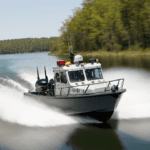
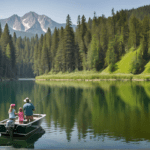
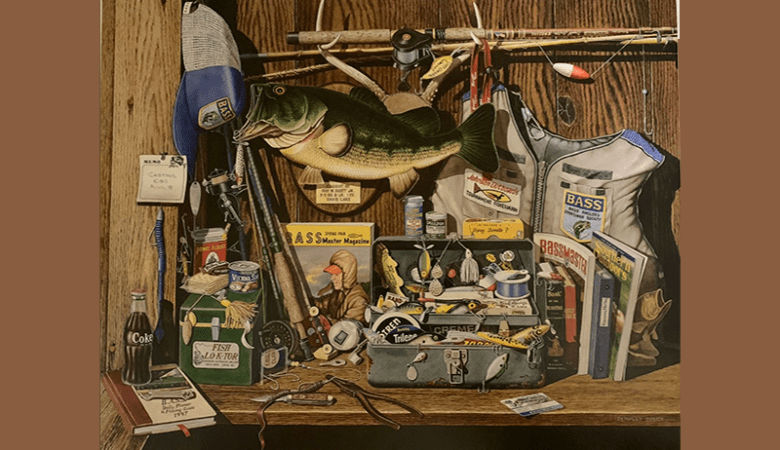
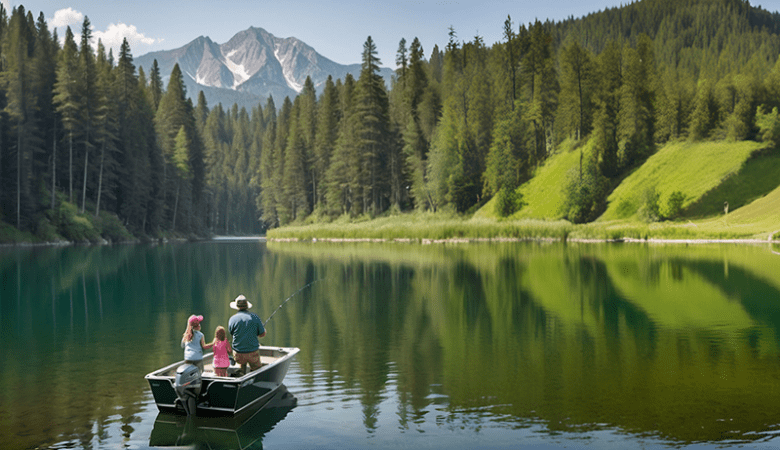



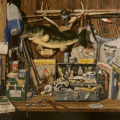

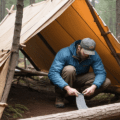
Leave a Reply